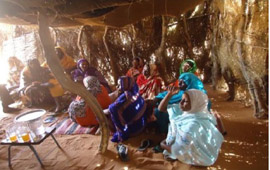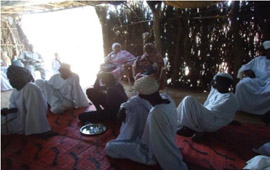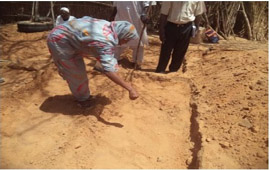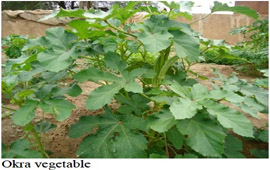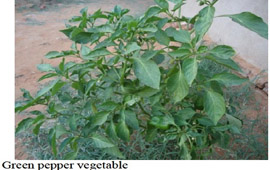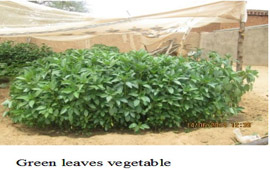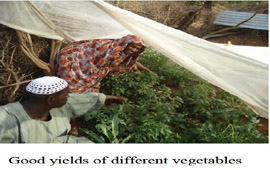ATTS Digital Archive
How to find information
 There are 8 ways to find information in this collection:
There are 8 ways to find information in this collection:
1- search for particular words that appear in the text by clicking the Search button .
2- browse documents by Title by clicking the Titles button.
3- browse documents by Creator by clicking the Creators button.
4- browse documents by Contributor by clicking the Contributors button.
5- browse documents by Subject by clicking the Subjects button.
6- browse documents by Text type by clicking the Text type button.
7- browse documents by Geo.Area by clicking the Geo.Area button.
8- browse documents by Date by clicking the Dates button.
ATTS Legal Status Documents
ATTS Projects
Projects Proposals Documents
ATTS Projects Gallery
Clean Devlopment Mechanism CDM
ATTS Annual Meetings Minutes
Agro forestry
 Agroforestry has its impact on reduction of wind erosion, run-off and soil conservation crop rotation promotes soil cover greatly promotes conservation agriculture. The trend now is to move from erosion control, to soil quality conservation. Using moringa and jatrofa trees as 'fertiliser trees' that capture nitrogen from the air and transfer it to the soil can reduce the need for commercial nitrogen fertilisers by 75 per cent while doubling crop yields.
Agroforestry has its impact on reduction of wind erosion, run-off and soil conservation crop rotation promotes soil cover greatly promotes conservation agriculture. The trend now is to move from erosion control, to soil quality conservation. Using moringa and jatrofa trees as 'fertiliser trees' that capture nitrogen from the air and transfer it to the soil can reduce the need for commercial nitrogen fertilisers by 75 per cent while doubling crop yields.
Energy & food nexuses
 Approximately 89% of the rural households in Sudan rely on biomass, such as fuel wood, charcoal, agricultural wastes to meet their energy needs for cooking
Approximately 89% of the rural households in Sudan rely on biomass, such as fuel wood, charcoal, agricultural wastes to meet their energy needs for cooking
•UNEP estimates that fuel wood requirements for 2006 were around 27 to 30 million cubic metres.
•"UNEP predicts that within five to ten years, the northern states of Sudan will only be able to obtain sufficient supplies of charcoal from Southern Kordofan and Darfur as all other major reserves will have been exhausted,
Land Degradation
 Many regions of Northern and Western Darfur are undergoing desertification and land degradation at a significant rate.
Many regions of Northern and Western Darfur are undergoing desertification and land degradation at a significant rate.
Other states facing similar issues are Southern Kordofan, eastern Kassala, northern Blue Nile, northern Upper Nile and northern Unity state.
Biogas Project
 Area of the study The target area is West Kordofan State Livestock is estimated at 465,000 cattle, 22,265,000 sheep, 2,064,000 goats and 747,000 camels.
Area of the study The target area is West Kordofan State Livestock is estimated at 465,000 cattle, 22,265,000 sheep, 2,064,000 goats and 747,000 camels.
The area suffers from illicit woodcutting deforestation problems; inadequate aforestation activities.



